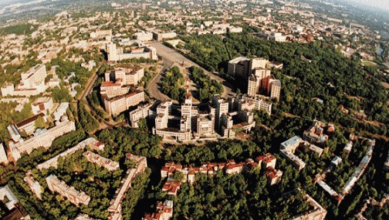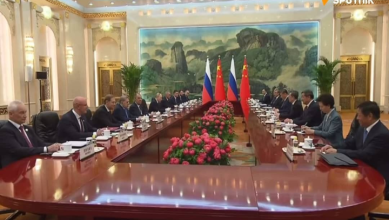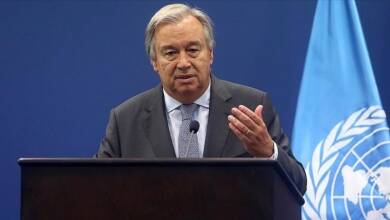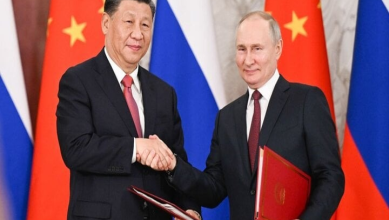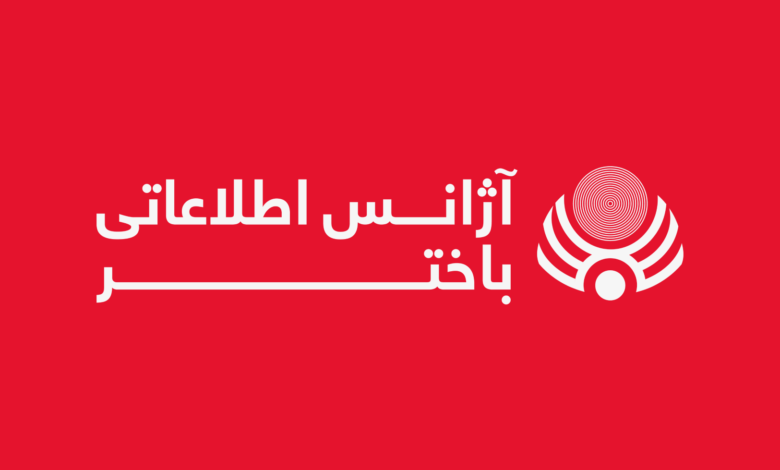
Wednesday October 14, 2015
Kabul (BNA) The Saemaul Undong, also known as the ”New Village Movement”, was a political initiative launched on April 22, 1970 by South Korean president Park Chung-hee to modernize the rural South Korean economy.
New village movement is the Korean government’s initiative to achieve rural development. Korean people’s voluntary participation developed into a nationwide movement that modernized Korea’s society and economy. The idea was based on the Korean traditional communalism called Hyangyak and Doorae, which provided the rules for self-governance and cooperation in traditional Korean communities. The movement initially sought to rectify the growing disparity of the standard of living between the nation’s urban centers, which were rapidly industrializing, and the small villages, which continued to be mired in poverty. Diligence, self-help and collaboration were the slogans to encourage community members to participate in the development process.
The early stage of the movement focused on improving the basic living conditions and environments whereas later projects concentrated on building rural infrastructure and increasing community income. Though hailed as a great success in 1970s, the movement lost momentum during the 1980s as the economic situation and political environment in South Korea changed rapidly. Mr. Lee, Jeong Wook resident representative for Korean International Cooperation Agency (KOICA) in Kabul, who works for implementation of the New Village Movement in Afghanistan, said: “The motto of SMU is ‘Let’s live well’ and it was a movement for better lives. Also, the main spirits of SMU is diligence, self-help and cooperation,” he added, saying SMU made people get themselves out of poverty and promoted government’s pursuit toward development. “KOICA’s SMU is the integrated aid model for partner countries’ sustainable and inclusive growth,” he added.
The New Village Movement promoted Self-Help and collaboration among the people during its first phase, as the central government provided a fixed amount of raw materials to each of the participating villages free of charge and entrusted the locals to build whatever they wished with them. Mr. Lee Jeong Wook was asked to comment on New Village Movement project, its history and how is it being undertaken, he said: “KOICA’s SMU aims to establish infrastructure customized to local villages and distribute appropriate technology to increase income and to create better living condition.” In 1970s, SMU served as a driving force behind Korea’s economic development by modernizing rural communities and reforming people’s mentality. “SMU project were expanded to whole the nation by government’s support. It was not only a simple rural development movement but also Korea’s modernization movement at city, office, factory, and so on.” Mr. Lee said, adding as a result of SMU’s focus on narrowing urban and rural divide in 1970s, incomes of rural households reached parity with those of urban households in just four years since SMU begins. When it comes to developing infrastructure, what are some of the projects the Korean Government has been involved in Afghanistan and how does this promote regional integration? Mr. Lee went on to say that KOICA has implemented some Capacity building programs for Afghanistan.
“SMU Leaders Training Program’ was carried out at SMU Central Training Institute from August (30) to September 10 this year for 15 Afghanistan officials.” He stated, saying that ‘Master’s Degree Program on Community Development Leadership’ will be implemented at Yeongnam University from October 12, 2015 to March 3, 2017.
The KOICA resident representative for Afghanistan further stated that SMU has accomplished Village renovation & rehabilitation, Income generation and rural enlightenment to promote regional integration and inclusive growth. “Personally, I hope that the participants can contribute to eradicate poverty through community development and be good leaders in Afghanistan”, he said. Answering a question to what extent the New Village Movement implementation will be useful in Afghanistan and through which line ministries or organizations you will implement it, Mr. Lee added that SMU implementation will be very useful in Afghanistan. “Afghanistan has a similar rural environment and war history with Korea. Also, the willingness of Afghanistan government is very strong. So, I think that SMU Spirit can be disseminated effectively and project can be carried out very well.” Mr. Lee Jeong Wook further said that KOICA has implemented only Capacity building programs for Afghanistan officials in Korea. “However, if security situation gets better later, KOICA can implement Field project in Afghanistan,” he said, adding that KOICA can make a cooperation with MRRD (Ministry of Rural Rehabilitation Development), MOA (Ministry of Agriculture), MOE (Ministry of Education), ACSI (Afghanistan Civil Servant Institute) and related organizations in order to carry out SMU in Afghanistan.
According to Mr. Lee Korea has implemented SMU in many developing countries such as Myanmar, Cambodia, Laos, Rwanda, and so on. For instance, recently, KOICA is implementing. ‘The Self-supporting Rural Development Project with SMU’S Participatory Approach’ in Cambodia from 2014 to 2018. The main activities are Strategic policy consulting, Master planning, Capacity building for officials and villagers, and Pilot projects at some villages. Throughout SMU implementation, Korea has contributed to accomplish Village renovation & rehabilitation, Income generation and rural enlightenment. KOICA will focus on SMU consistently aiming at modernizing and reducing the income gap between the urban and rural areas as well as eradicating poverty. Also, KOICA will upgrade SMU as Korea’s development model whose success can be replicated and shared around the world. Arefi

